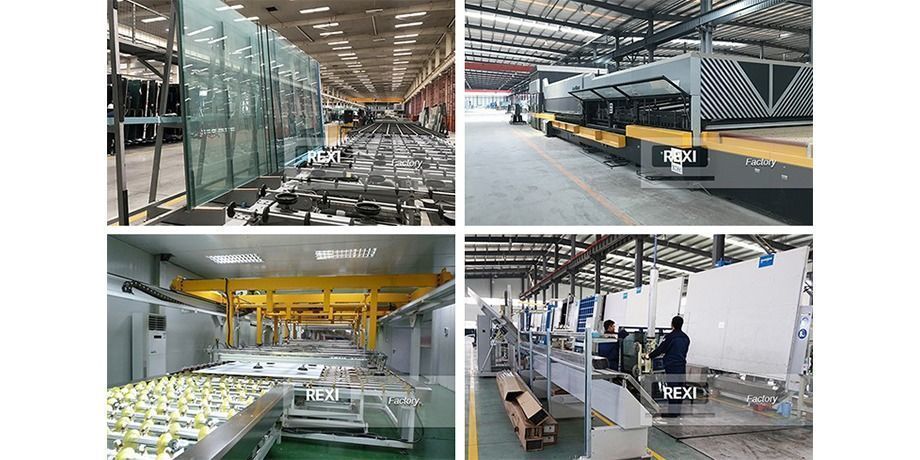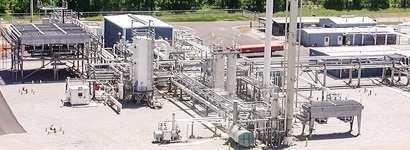Security summits are crucial events in the cybersecurity industry where professionals from around the world gather to discuss the latest trends, challenges, and solutions in safeguarding digital assets. Attending a security summit can provide you with valuable insights, networking opportunities, and practical knowledge to enhance your organization's security posture. In this article, we will explore the benefits of participating in a security summit and how you can make the most out of this experience.
Networking Opportunities
One of the key benefits of attending a security summit is the opportunity to network with industry experts, cybersecurity professionals, and technology vendors. Networking can help you in various ways, such as:
Building Relationships
- Connect with like-minded professionals who share your interest in cybersecurity.
- Establish contacts with potential partners, clients, or employers.
- Exchange ideas and best practices with industry leaders.
Learning from Peers
- Gain insights from the experiences and perspectives of other security professionals.
- Discuss common challenges and collaborate on finding solutions.
- Stay updated on the latest trends and technologies in the cybersecurity field.
Knowledge Sharing
Security summits feature keynote presentations, panel discussions, workshops, and breakout sessions that cover a wide range of topics related to cybersecurity. By attending these sessions, you can:
Gain industry insights
- Learn about the latest cybersecurity threats and vulnerabilities.
- Understand regulatory compliance requirements and best practices.
- Explore emerging technologies and security solutions.
Enhance your skills
- Participate in hands-on workshops and training sessions.
- Improve your technical knowledge and problem-solving skills.
- Earn certifications or continuing education credits.
Exposure to New Products and Services
Security summits often feature technology vendors and service providers showcasing their latest products and solutions in the exhibition area. By visiting the expo hall, you can:
Discover innovative solutions
- Explore cutting-edge cybersecurity products and services.
- Attend product demos and get hands-on experience with new technologies.
- Evaluate different vendors and compare offerings.
Meet potential partners
- Connect with technology vendors and service providers for potential collaborations.
- Discuss your organization's specific needs and challenges with industry experts.
- Establish new business relationships and opportunities.
Tips for Maximizing Your Security Summit Experience
To make the most out of your security summit attendance, consider the following tips:
Plan ahead
- Review the summit agenda and prioritize sessions of interest.
- Set specific goals for networking and learning objectives.
- Arrange meetings with key contacts in advance.
Engage actively
- Ask questions during sessions and participate in discussions.
- Share your insights and experiences with other attendees.
- Take notes and follow up on key takeaways after the summit.
Network strategically
- Attend networking events and social gatherings to meet new contacts.
- Exchange business cards and connect on professional networking platforms.
- Follow up with new connections after the summit to maintain relationships.
By following these tips and actively engaging in the summit activities, you can enhance your professional network, expand your knowledge, and discover new opportunities for growth and development in the cybersecurity field.









